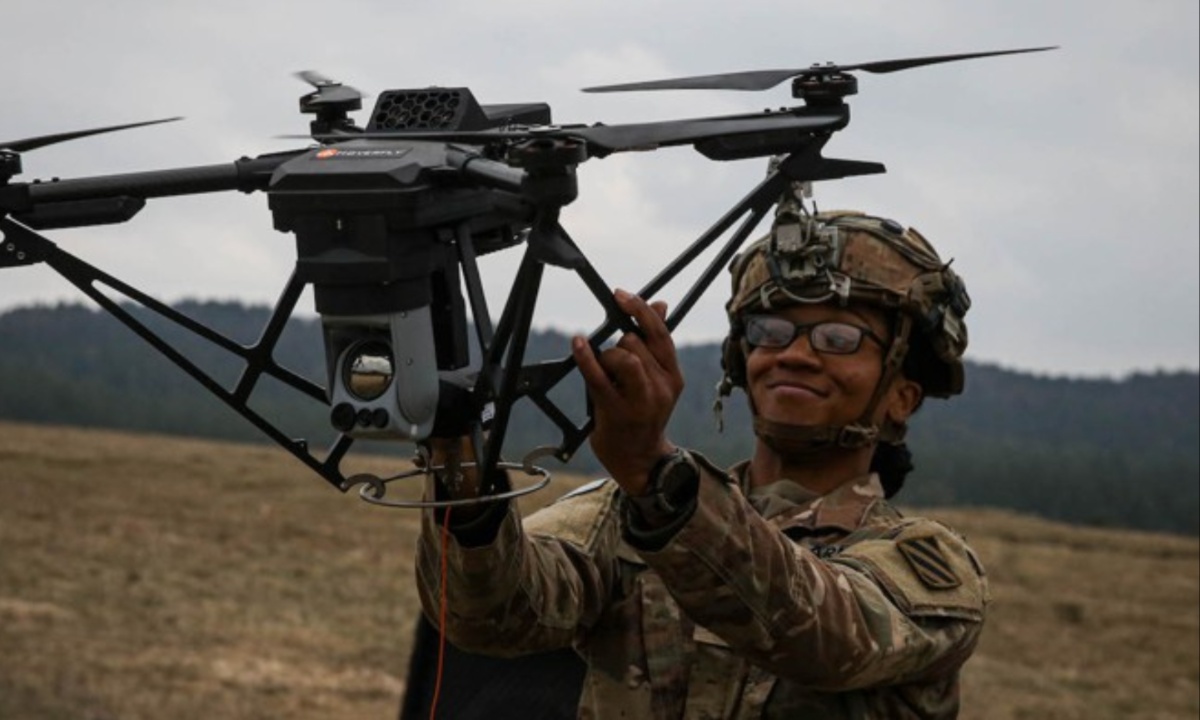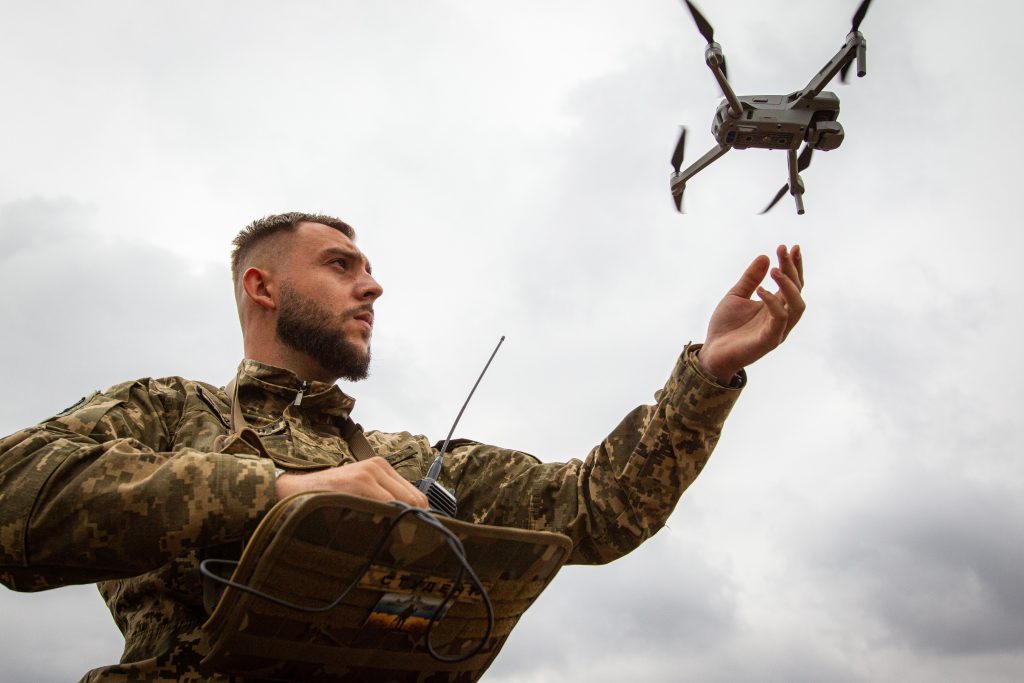The U.S. military has been leveraging large drones for some time, but the evolving nature of warfare has introduced a new challenge: smaller, more agile drones used by adversaries. In response to this emerging threat, the Army is integrating advanced technology to enhance its defenses.
Specifically, the Army is turning to artificial intelligence (AI) and machine learning to address this challenge. Camgian, a software company specializing in these technologies, has recently secured a significant $55 million contract to improve the Army’s Integrated Air and Missile Defense (IAMD) systems with sophisticated kill chain automation.
The primary goal of this initiative is to bolster sensor survivability and streamline the kill chain process to enable quicker and more reliable decision-making. Camgian will be integrating its Reactor platform, an AI-driven system developed through reinforcement learning, into the existing IAMD framework.

Army Enhances Drone Defense with $55 Million AI Contract to Improve Integrated Air and Missile Defense Systems
This multi-year project aims to enhance the Army’s ability to respond to drone swarms and aerial attacks more efficiently by automating the decision-making process related to targeting and engagement.
The IAMD system is a comprehensive defense mechanism designed to shield the U.S. and its allies from a variety of airborne threats, including ballistic and cruise missiles, as well as unmanned aerial systems.
Camgian’s Reactor technology is designed to provide real-time, optimal engagement solutions for these threats. By automatically recommending the most effective responses and assigning the appropriate weapons to targets, the Reactor system is intended to improve the effectiveness of the IAMD system against diverse aerial threats.
In addition to optimizing engagement solutions, the Reactor platform aims to reduce cognitive overload on warfighters by offering tailored responses to each threat scenario. The platform is designed to work with a range of sensors, including passive RF, acoustics, radar, electro-optics/infrared, and laser range finders.
It also integrates with various effector systems, both kinetic and non-kinetic, ensuring a flexible and adaptable defense capability.
This development is part of a broader effort by the Department of Defense to address the increasing prominence of drones in modern warfare. The emphasis on counter-drone technology was underscored by a recent demonstration event, known as “Demo Five,” which tested various systems against swarms of drones.
The growing focus on counter-drone strategies highlights the critical importance of staying ahead in this rapidly evolving domain to maintain U.S. military superiority.








































